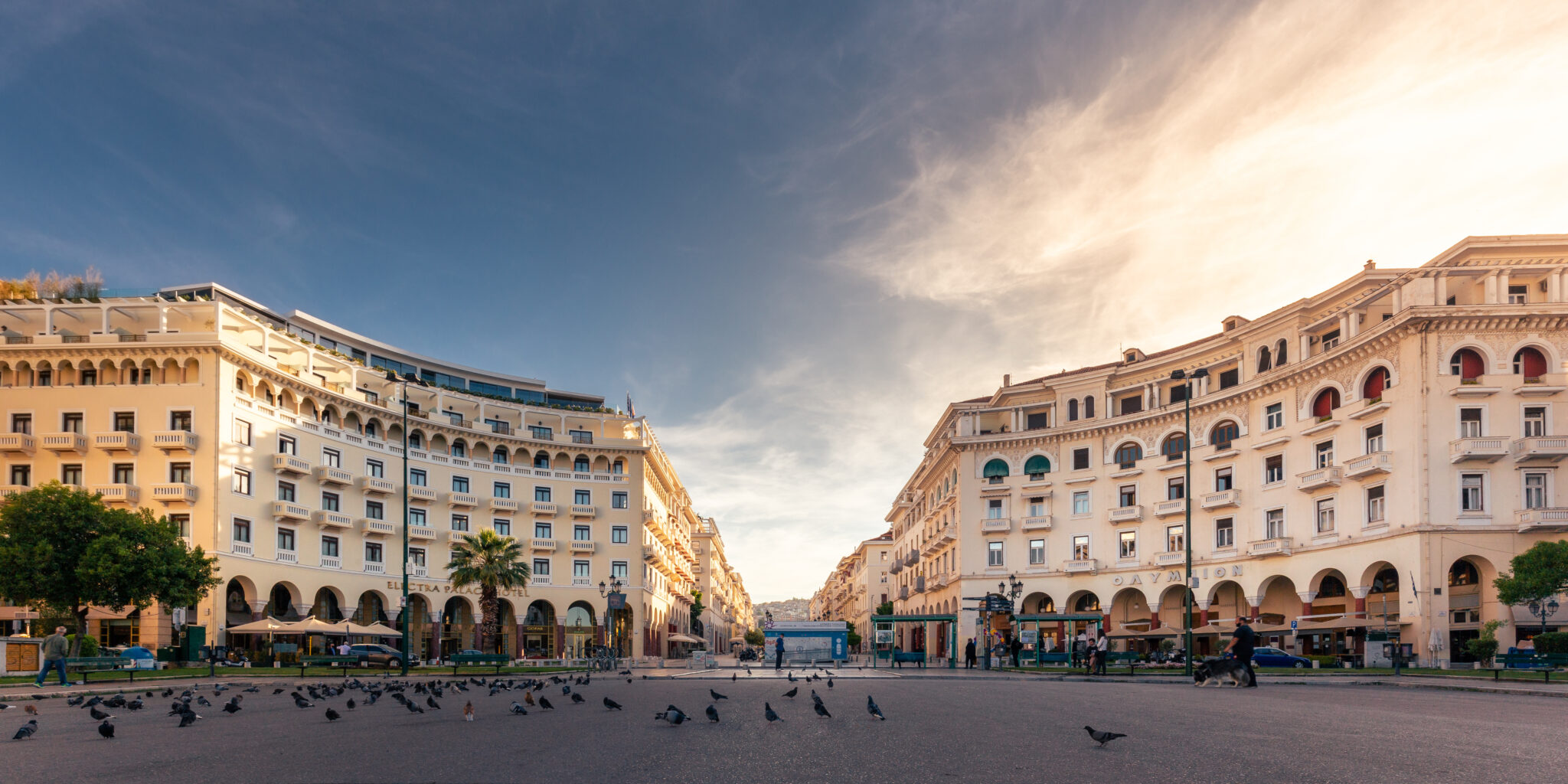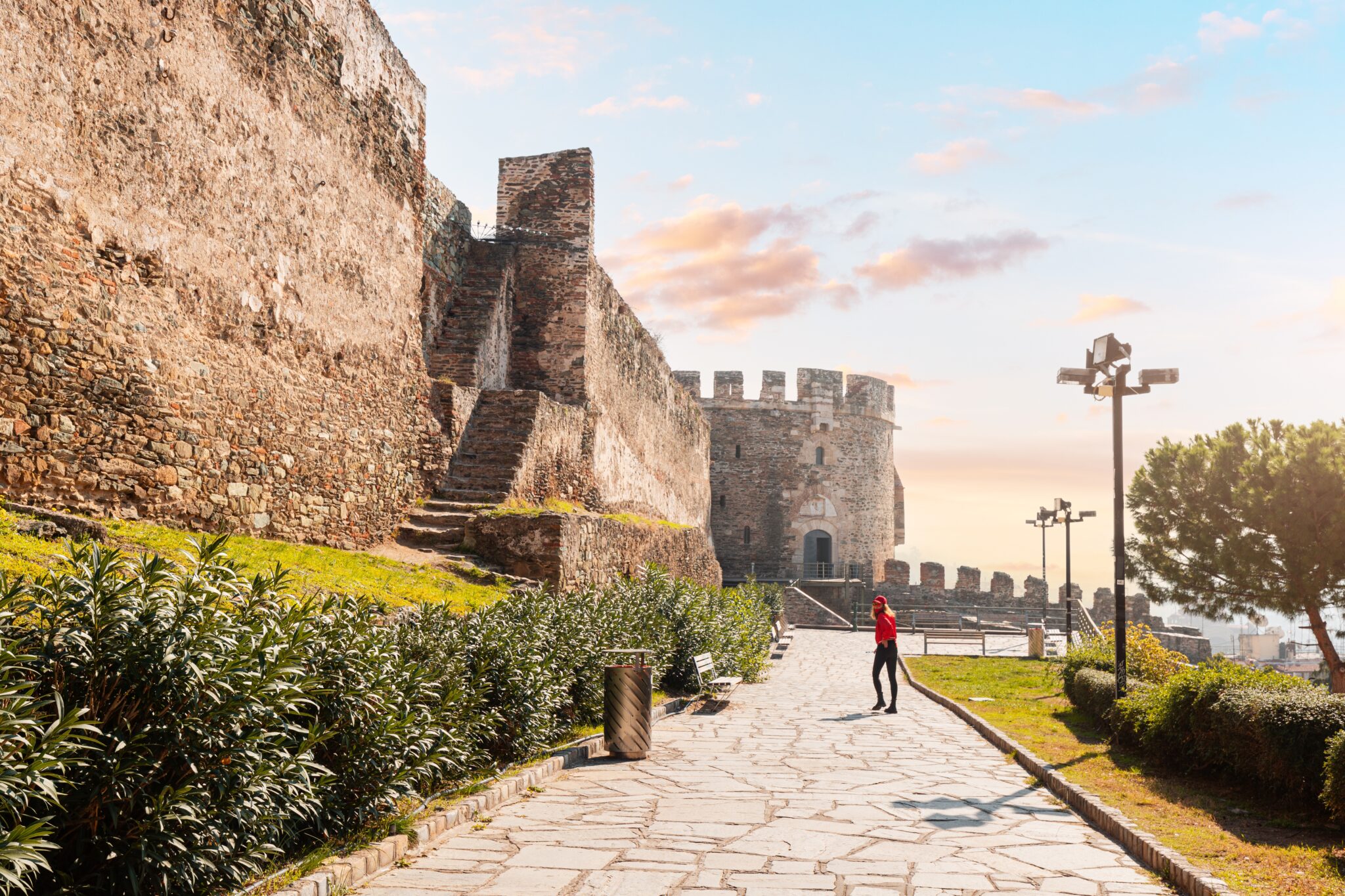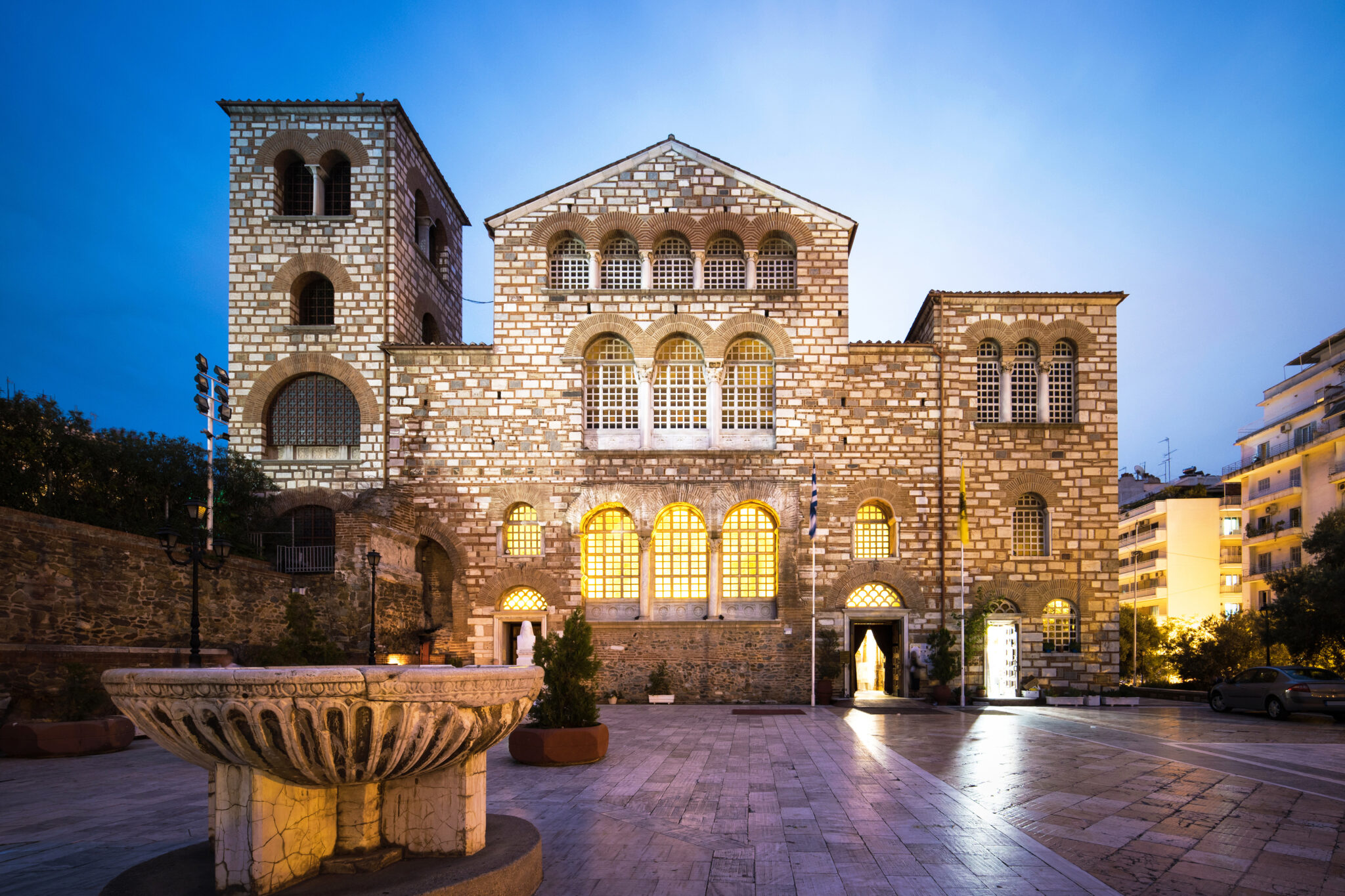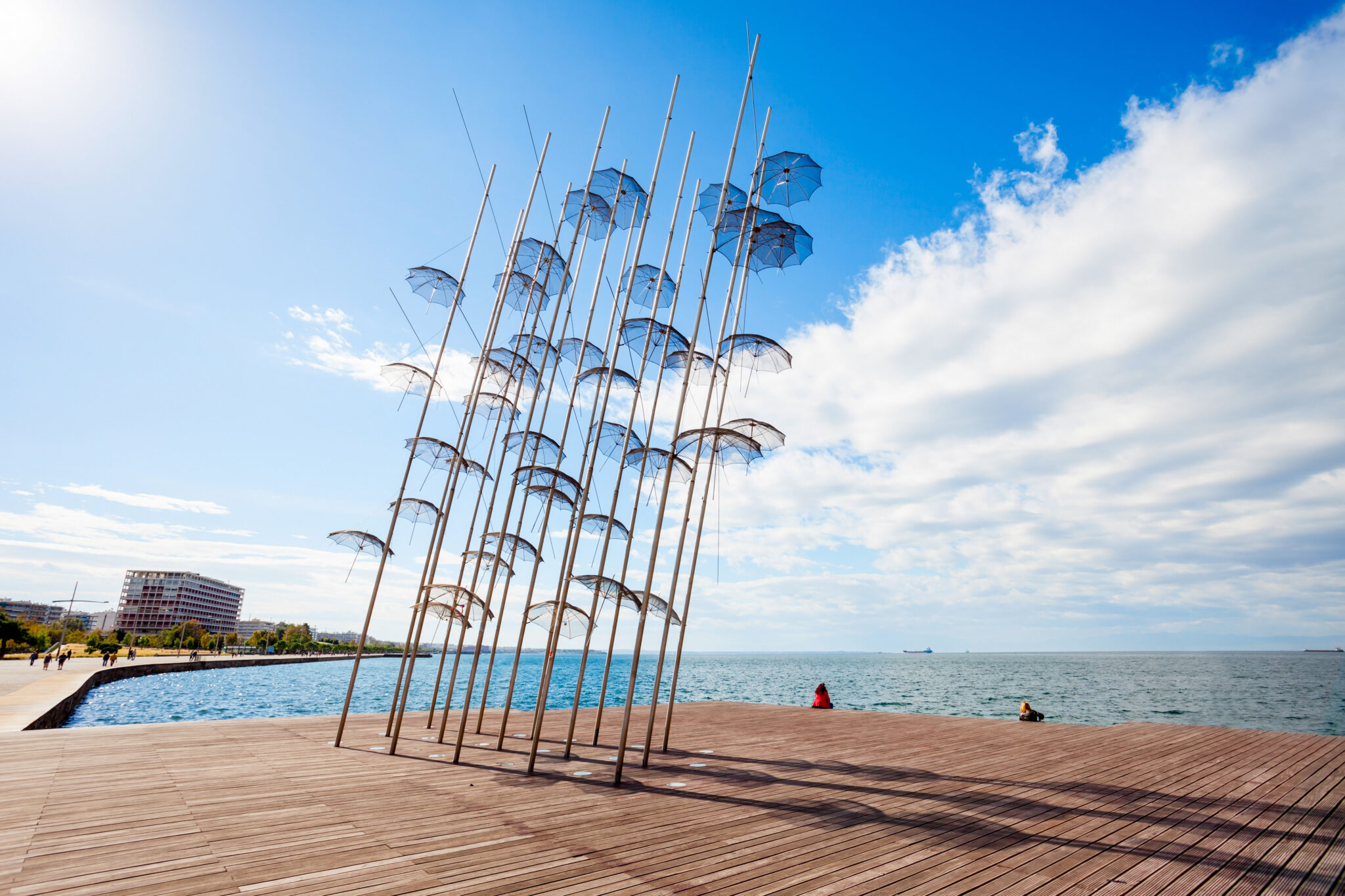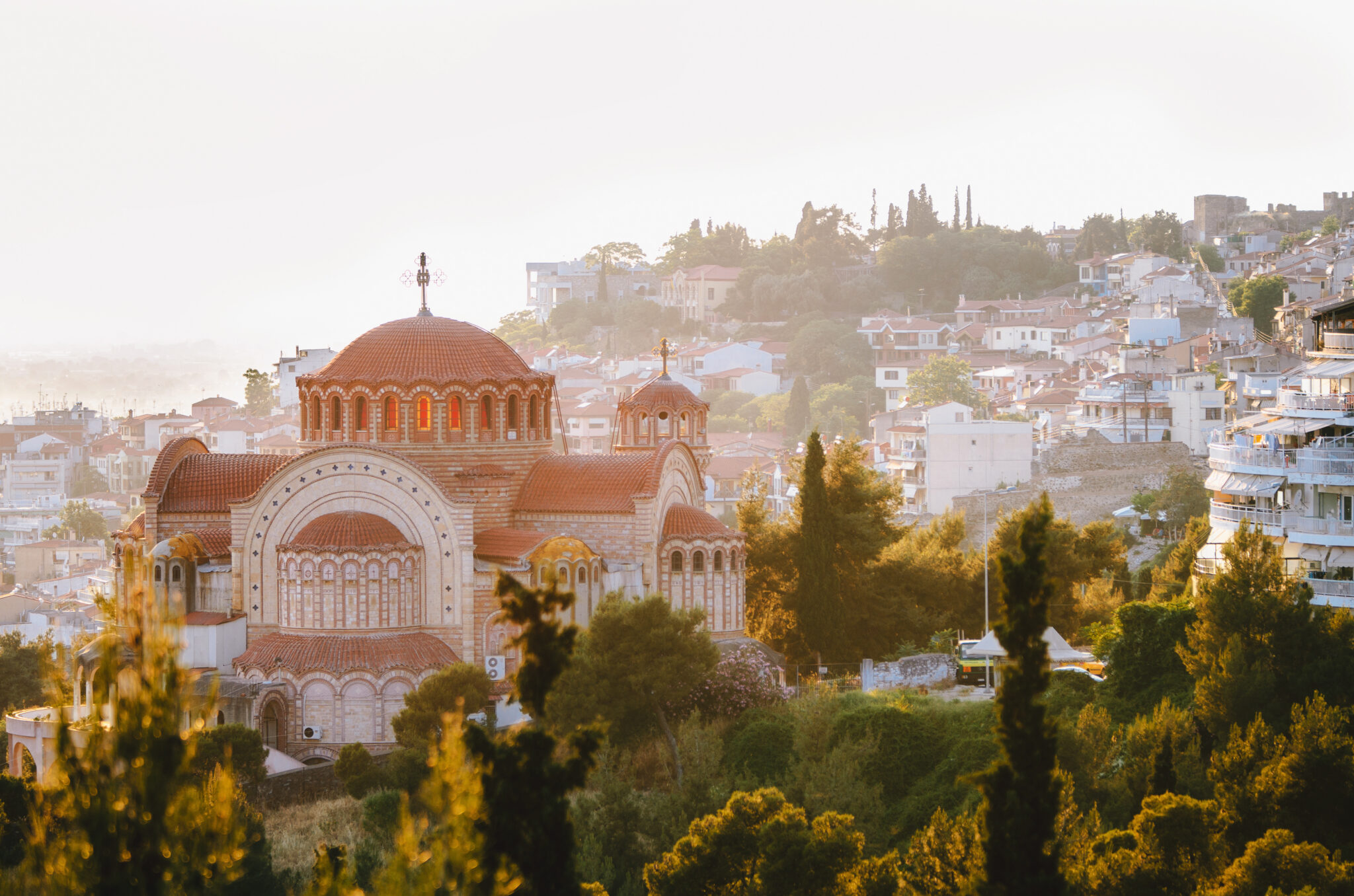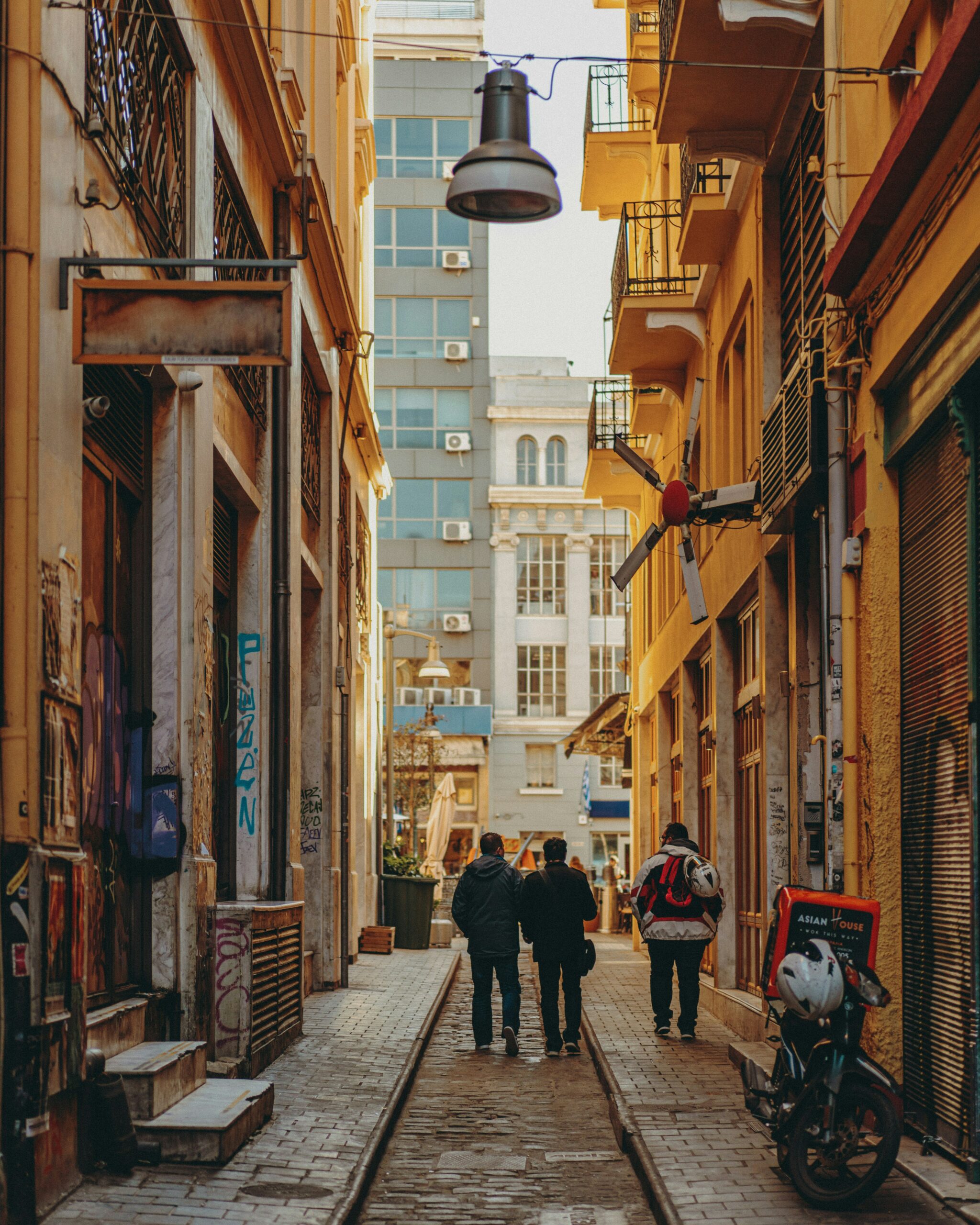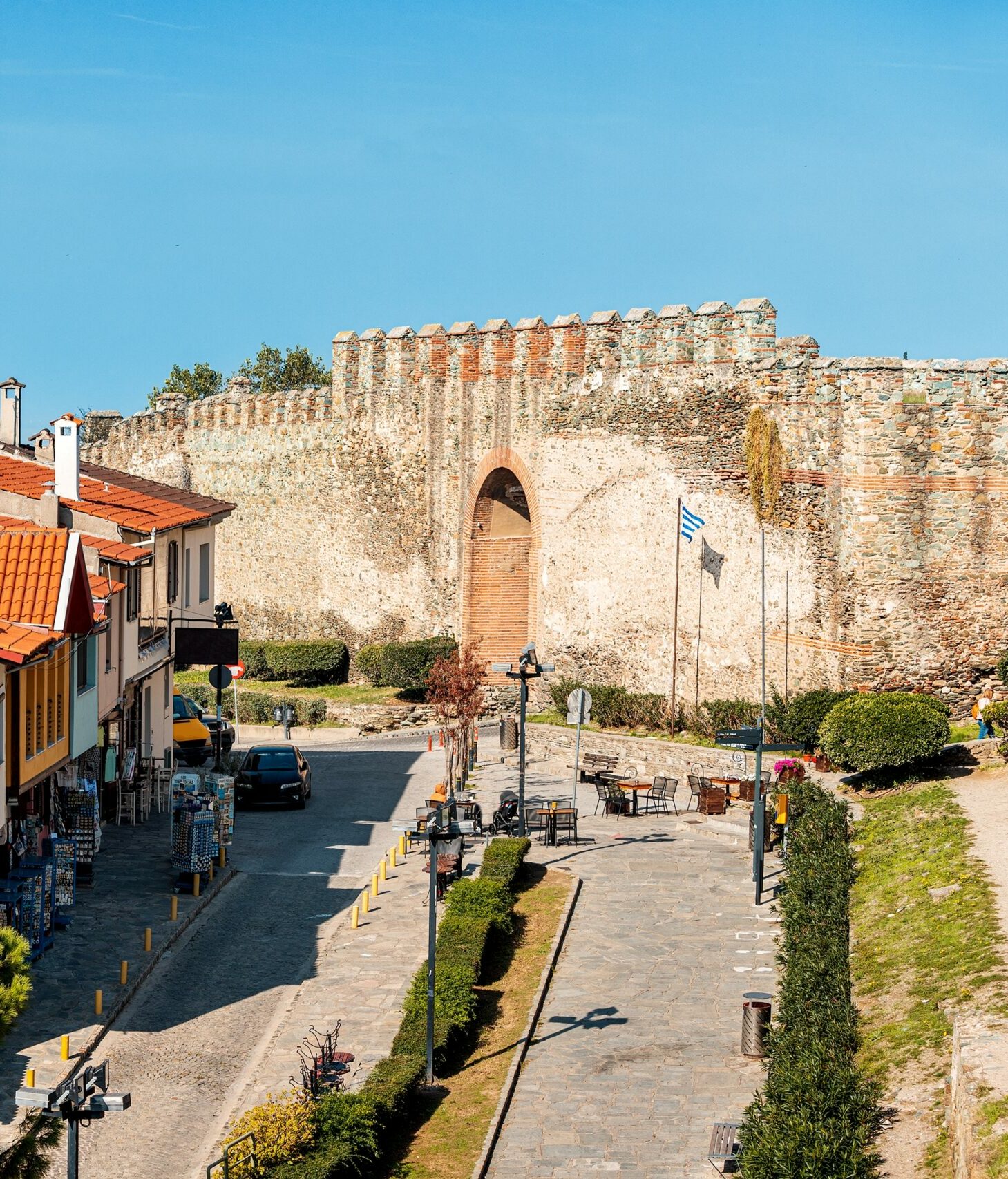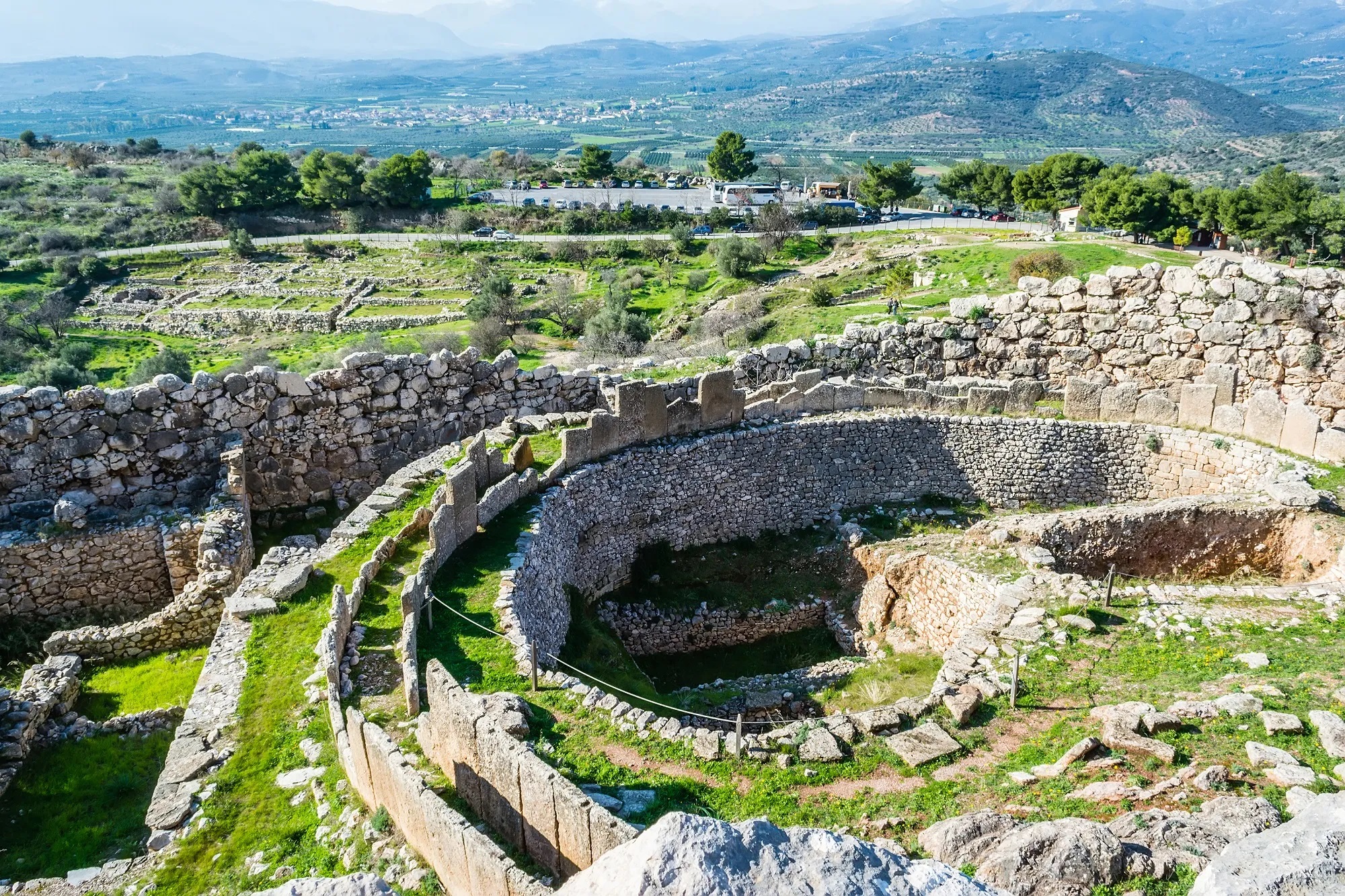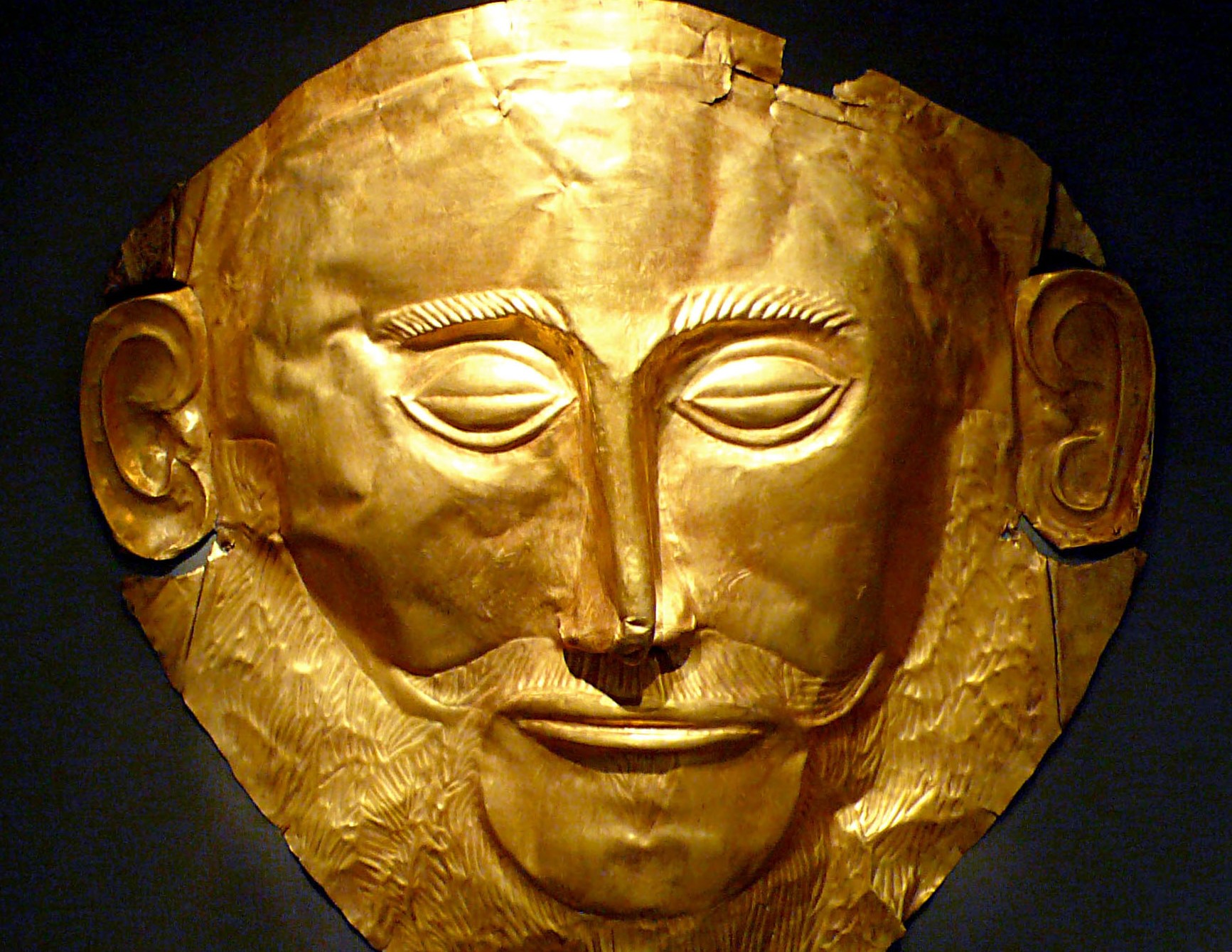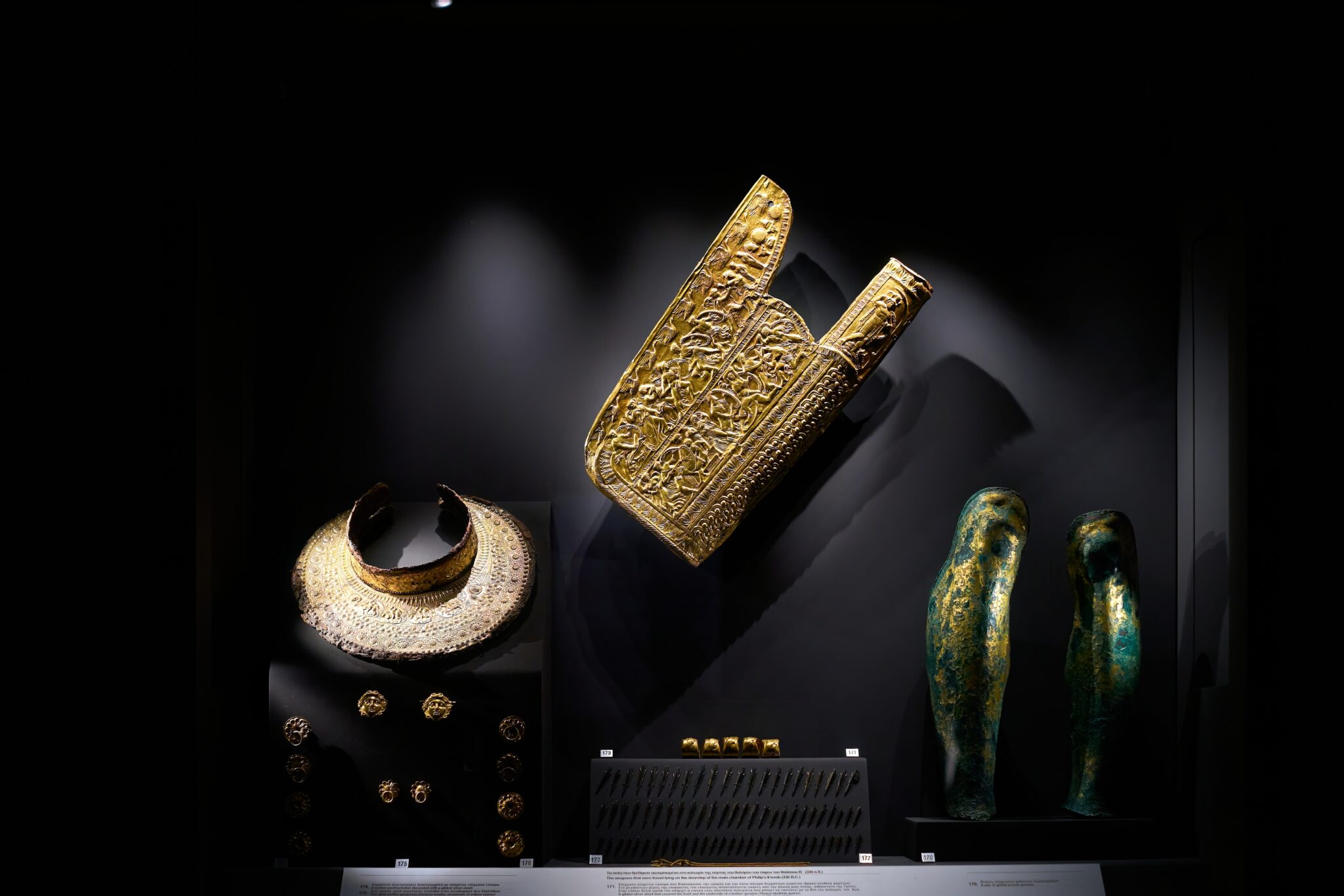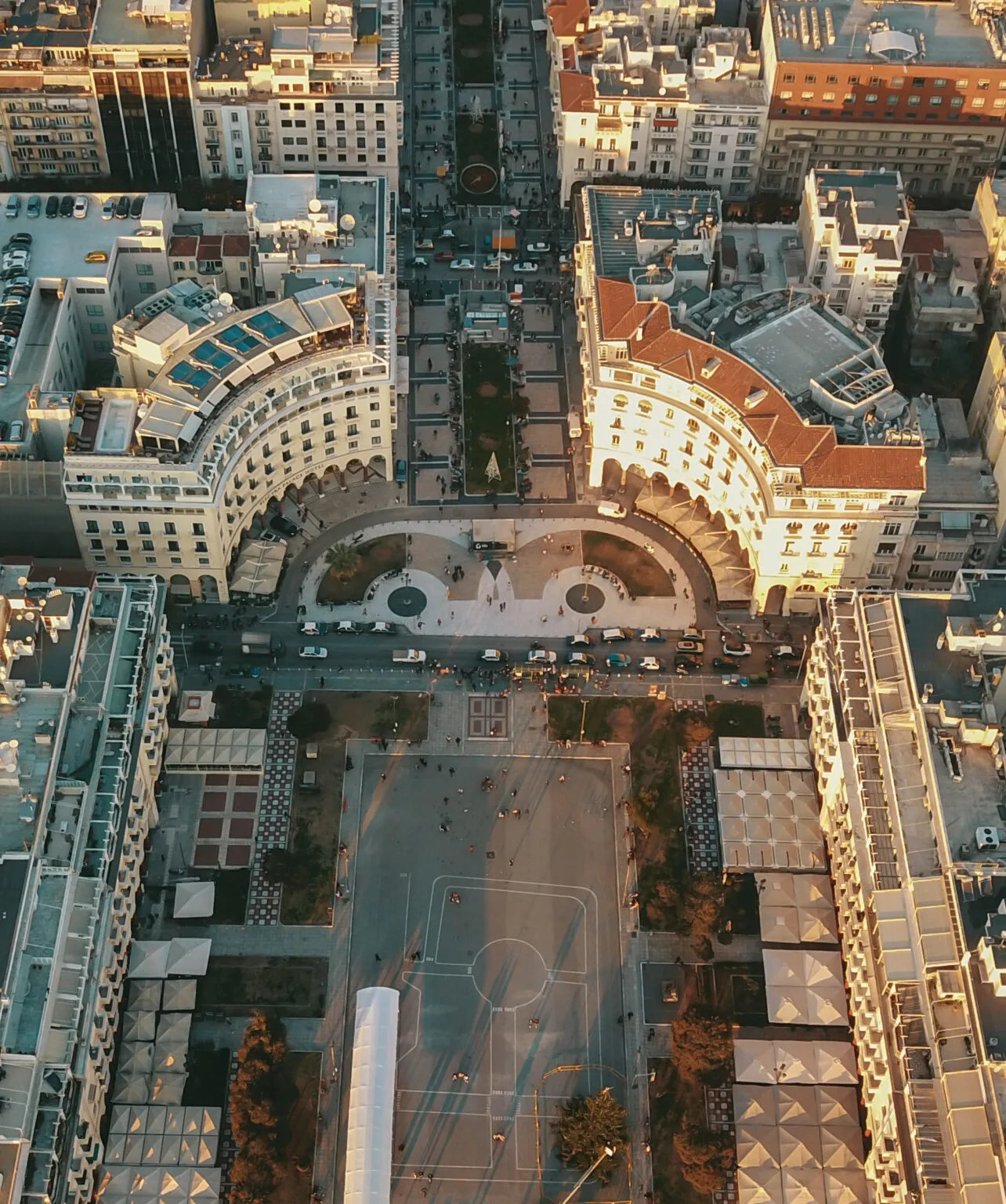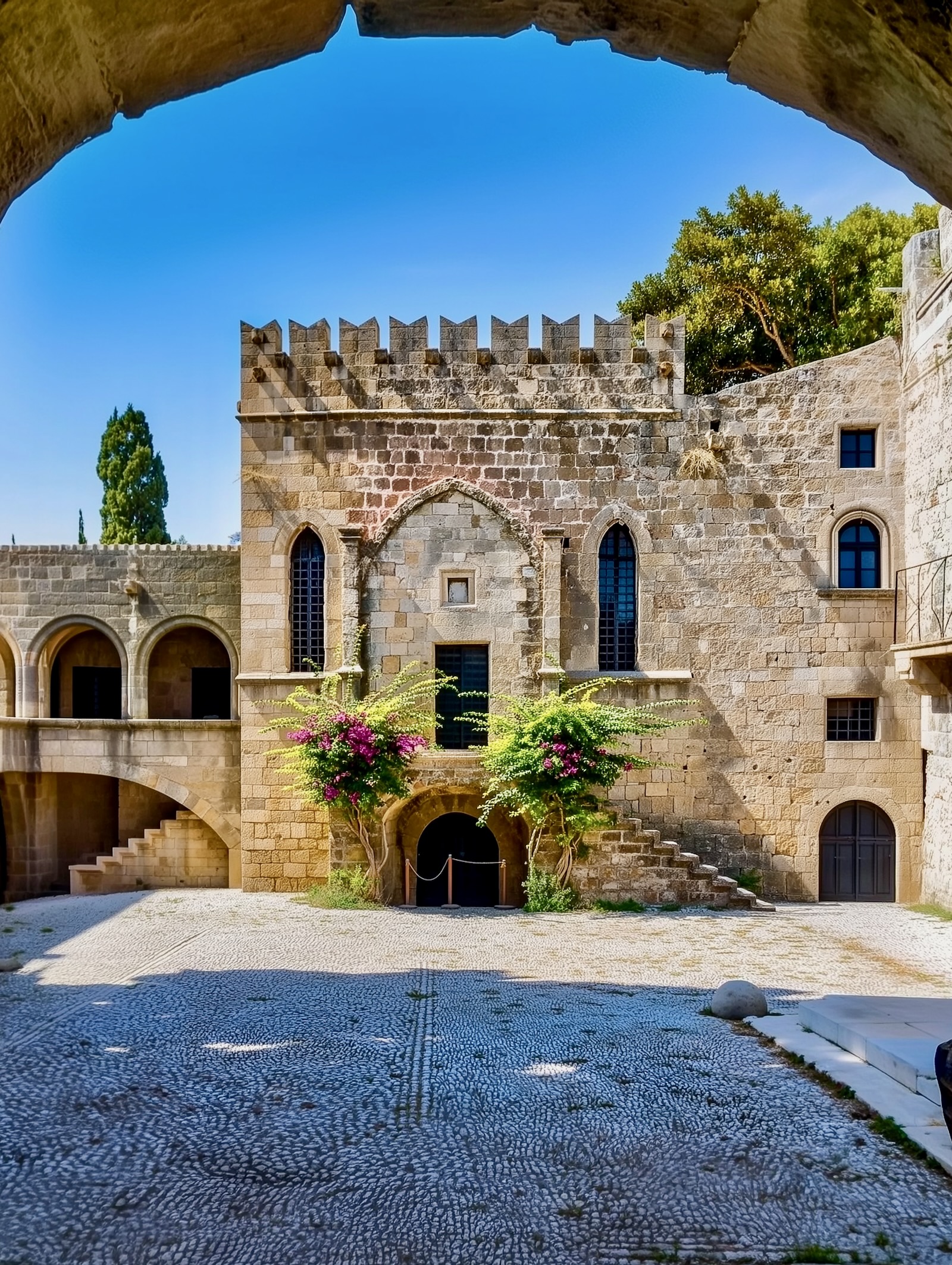Thessaloniki, Greece’s vibrant northern capital, is steeped in history, culture, and stunning landscapes, making it a captivating destination for travelers worldwide. Bang in the heart of the Macedonian region, this ancient city boasts a plethora of cultural monuments, museums and historical areas, an abundance of culinary delights to enjoy at any time of the day or night, modern hotels, and an excellent shopping scene.
Discovering the city’s past and present through one of the many tours on offer is a meaningful and impacting way to gain more than just an outsider’s view of the city and its sophisticated character. The city is also the perfect base for setting off on exploratory tours to the world-famous archaeological sites of Aigai and Mycenae. In this article, we propose our top three selections of tours for discovering the city from its cultural, socio-political, historic and ancient perspectives.
Disclaimer: Travel.gr does not have any affiliations with the tours listed. Our recommendations are based on independent editorial research aimed at enriching your visit to Thessaloniki.
01
Thessaloniki Private Historic Walking Tour
Imagine wandering the streets of Thessaloniki with a local expert at your side, unraveling the layers of history etched into the fabric of Greece’s second city. The private tour promises to be something like a time-traveling escapade through the alleys and squares that have played host to Romans, Byzantines, Christians, and Jews.
The first stop is the White Tower, a monument that went from being a Byzantine fortification to an Ottoman prison and is now a museum narrating Thessaloniki’s tumultuous past, transforming from a dark symbol of oppression to one of resilience. Next, the tour will take participants to the Church of Saint Demetrius, the spiritual center of Thessaloniki. Dedicated to the city’s patron saint, this sanctuary encapsulates the divine aura of Byzantine architecture. Its inclusion as a UNESCO World Heritage Site underlines its historical and cultural significance.
The tour continues to the Rotunda, an architectural marvel with a storied past dating back to the early 4th century. Originally part of a grand imperial complex, this structure has served various roles, from a mausoleum to a Roman temple, showcasing the city’s importance during Roman times. A short stroll away stands the Arch of Galerius, an imposing structure that once marked the entrance to a palatial complex. Its impressive dimensions and intricate reliefs offer a glimpse into the architectural ambitions and historical narrative of Roman Thessaloniki.
The final stop of the private tour is the Roman Forum, a hub of ancient life discovered serendipitously in the 1960s. This expansive ‘agora’, with its two-tiered terraces and storied stoa, reveals the bustling public life of Thessaloniki during Roman rule and serves as a vibrant reminder of the city’s ancient heritage.
For four hours of an experience that concludes outside the White Tower, the tour aims to make you not only a visitor but also a participant in Thessaloniki’s multi-layered life. With the city’s history now having become part of your own story, you will leave with colorful memories and a deeper connection.
02
One City, Many People, Countless Stories
This tour, by Thessaloniki Walking Tours, promises to take participants to the heart and soul of a city defined by its myriad cultures and historical eras, through the people and the stories that have existed within them.
On this tour, participants step into the lives of those who have called it home, from the ancient Hellenic colonizers to the Roman, Byzantine, Ottoman, and 19th and 20th-century communities whose memories and influence can still be felt in the body of the city. The route has been carefully designed to bring you face to face with the most important monuments, many of which are UNESCO World Heritage Sites, symbols of the rich and multifaceted history of Thessaloniki.
As you navigate the Roman market, the Rotunda, and the Arch of Galerius, you’ll trace the outlines of the military triumphs and daily life that once buzzed through these streets. The ruins of palaces and the solemn beauty of Byzantine churches are regarded as portals to understanding the complex palimpsest of faith, art, and power woven together over the centuries.
The story of Thessaloniki is told through its characters – the poets, social activists, politicians, artists, and everyday people whose lives have been interwoven here. The tour illuminates the city’s role as a crucible of coexistence, where the Ottomans, Jews, and Greeks contributed to a shared culture that resonates in the music, food, and traditions that are unique to the northern capital.
Thessaloniki Walking Tours has several other fascinating and originally conceived tours on offer, such as ‘Dark Memory, a Tour of the Shocking 20th Century Thessaloniki’, and ‘The Roads of Fire’ (“We map the route taken by the flames that consumed the historic center of the city in 1917 and watch through the ashes it left behind the emergence of modern Thessaloniki”).
03
Vergina and Pella Day Trip
Ammon Express (via Get Your Guide) has created a day trip from Thessaloniki that’s more than your typical tourist fare. Starting bright and early from Aristotelous Square, this tour is a direct line to the pulse of ancient Macedonia, where the shadows of Alexander the Great and Philip II still loom large.
Pella, just 45 minutes away, was Alexander’s birthplace and is where the past begins to unfold before participants’ very eyes. The city was once a bustling center of the ancient world, and its stories are told through the sophisticated mosaics and artifacts on display in the local museum. It’s a glimpse into a time when myth and history blur, revealing the daily lives of those who walked its streets millennia ago.
Next is a visit to Vergina, to visit the mystical beauty of the royal tombs. Upon visiting Aigai, you’ll be left speechless by the grandeur of the Macedonian dynasty, with its royal tombs, the tumulus cemetery, the palace, the theater, the sanctuary of Eucleia, the acropolis, and the city walls. Here lies the Golden Larnax of Philip II, marked by the sun of Vergina, a symbol that has endured through the ages. The artifacts and the tombs themselves are an eternal echo of the grandeur and tragedy of Macedonia’s royal lineage.
Here lived and died King Philip II of Macedonia from 382 to 336 BC, and it was here that his son, Alexander the Great, was crowned king just before he began building his legendary empire. Together with Mycenae, Troy, and the Valley of the Kings in Egypt, it is one of the largest burial sites in the world where untouched and intact tombs have been discovered.
After visiting Vergina, participants will stop for a traditional lunch at a Greek in the area, after which comes a visit to the new Polycentric Museum of Aigai to complete the experience. Built in 2022, the museum houses a collection that brings to life the world of Alexander the Great and his ancestors. From his iconic portrait to the everyday objects and royal insignia of the Macedonian nobility, the museum offers a comprehensive look at a civilization that continues to fascinate.
Today’s visitors are treated to a wonderful experience as the museum is the centerpiece of Vergina’s attractions in an area that has evolved into an archaeological park that includes the entire historical expanse of Aigai, integrating it with the surrounding local area. The museum serves as an introductory portal to this intricate historical zone, allowing visitors to explore cultural pathways that mirror the ancient capital’s city plan. Featuring four key exhibits – three permanent and one temporary – spread across 7,000 square meters of exhibition space in a combination of partially covered courtyards and interior halls, the museum effectively showcases the critical components of Aigai’s heritage. This includes its royal, religious, civic, residential, defensive, and burial sites, such as the meticulously unearthed palace, the nearby theater, the Great Mound with its exhibition of royal tombs, and the necropolis, home to the ancient Temenid tombs.
Presented in a straightforward, unadorned manner, the tour, which ends around mid-afternoon, offers a well-rounded and enriching look at Macedonia’s ancient treasures and life.
We Know What We’re Talking About

Alexia Amvrazi knows Greece like few others. She’s the Editor-in-Chief of the International edition of Travel.gr, the co-author of the guidebook ‘111 Places in Athens You Must Not Miss’, the former presenter of a 10-year daily radio show about Greek life at AIR FM and, for the past 15 years, the mastermind behind the always up-to-date Fodor’s Athens guide. She has a knack for recognizing beauty and potential and is a true citizen of the world.



